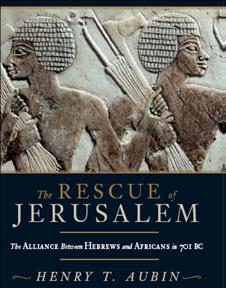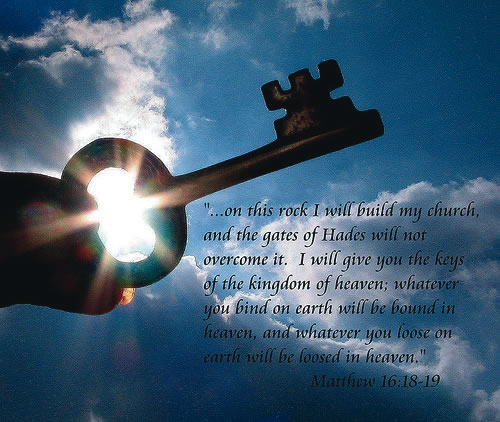Dr. John Bimson’s important article, “Hatshepsut and the Queen of Sheba: A Critique of Velikovsky’s Identification and an Alternative View” (C and C Review, Vol. VIII, 1986), exposed as untenable, in the eyes of many revisionists, Velikovsky’s identification of Hatshepsut with the biblical Queen of Sheba. This was due to a series of strong arguments against Velikovsky’s reconstruction – some of these being irrefutable. Amongst the most telling of Bimson’s points were those that pertained to the famous Punt expedition, that Velikovsky had attempted to identify with the biblical visit by the Queen of the South to King Solomon in Jerusalem. Not only was Hatshepsut no longer a queen by the time of the Punt expedition – {she was actually in her Year 9 as pharaoh (king)} – but it appears from the Deir el-Bahri inscriptions that she did not actually accompany the Egyptian expedition to the land of Punt. The biblical queen, on the other hand, had most definitely visited King Solomon at Jerusalem in person.
What Bimson still shared with Velikovsky (at least in 1986), however, was the conviction that Hatshepsut was contemporaneous with the (approximate) era of King Solomon. Revisionists do not necessarily take that view anymore. And therein lies a problem. Because Hatshepsut, as queen, is still the outstanding candidate for the biblical “Queen of Sheba (of the South)”, given the testimony of Josephus that the biblical queen had ruled Egypt and Ethiopia, and given the likeness of her throne name, Maat-ka-re (Makera) to the queen’s legendary name, Makeda.
Bimson scrapped Hatshepsut as a candidate, but failed to provide any other contemporaneous woman ruler to represent this famous queen to whom both the Old and New Testaments attest. The same comment applies to Patrick Clarke in his more recent criticism of Velikovsky on the subject: ‘Why Pharaoh Hatshepsut is not to be equated to the Queen of Sheba’ (Journal of Creation, 24/2, August 2010, pp. 62-68).
And the same applies again to those whose new chronologies do not align the early (undivided) monarchy of Israel with the early 18th dynasty of Egypt: a downward time shift of about 500 years. Now I don’t know if Eric [Aitchison] has himself come up with any candidate for the celebrated biblical queen, but I presume that he, with his “Damien likes moving things by 500 years but my preference remains at 630 years”, cannot possibly accommodate Hatshepsut in this his singular rearrangement of time.
With Hatshepsut gone, then Thutmose III as the biblical “King Shishak of Egypt” must also go. Patrick Clarke, for instance, has rejected this equation in his ‘Was Thutmose III the biblical Shishak? – Claims of the ‘Jerusalem’ bas-relief at Karnak investigated’ (Journal of Creation, 25/1, April 2011, pp. 48-56). Two important pillars of the revision thus toppled. But, again, what is the alternative? So far, Clarke has not provided any candidate of his own. And, as for those who would prefer Ramesses II ‘the Great’ as “Shishak”, well they are running into the formidable problem as pointed out by Dale Murphie: “Critique of David Rohl’s A Test Of Time (SIS Cand C Review, Oct 1997:1), with Ramesses II having the powerful king Asa of Judah (in all his strength) sandwiched right between himself and his Hittite ally, Hattusilis.
Damien F. Mackey.




